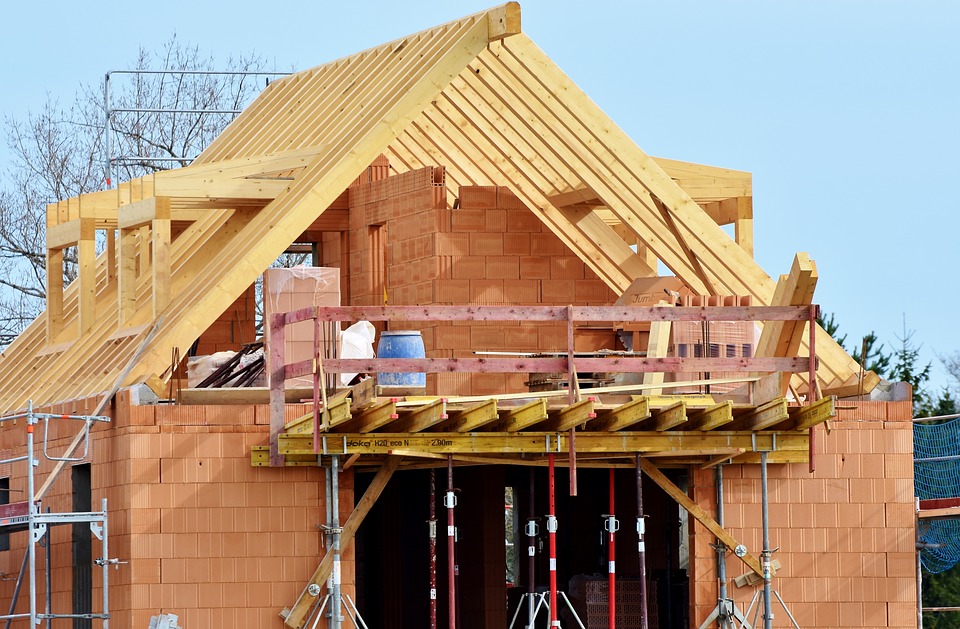Do-it-yourselfers are always opening up new fields of activity for themselves. So it is not surprising that experienced do-it-yourselfers now also dare to try roof structures and roofing. Nevertheless, you should approach the roof covering with great care.
You can only cover the pitched roof of a residential building yourself, for example, if you have in-depth specialist knowledge. But you can also dare to take on bigger and bigger jobs step by step. Below you will find valuable tips if you want to do the roofing yourself.

It is not for nothing that there are skilled trades. With the ever more stringent requirements, for example through the Energy Saving Ordinance, the knowledge required about working on the house is becoming more and more extensive.
One such area is the roof. Not every roof should be made and covered by yourself. To do this, you must first distinguish the possible buildings.
While the roofing of most of the roofs listed can indeed be done by yourself, the situation is different for the residential roof. The roofing does not only consist of covering with tiles or other roofing materials. The thermal insulation of the roof is also part of the home roof covering.
Read Also:
You can differentiate between several possible roof insulation. What they all have in common is that they have to meet the minimum requirements.
Above-rafter insulation from the outside is clearly to be preferred. Thermal insulation and a vapor barrier or vapor barrier are attached. Whether it is a vapor barrier or a brake depends on the roof principle. Likewise, the order of the various separating layers, insulation, brakes, barriers, and the roof skin.
Today’s new building standard is the warm roof, but until a few years ago it was the cold roof. The most obvious difference is that a cold roof is open to diffusion from the inside to the outside so that the moisture generated in the house can be removed via the roof ventilation.
In the case of a warm roof, however, a vapor barrier is attached so that the insulation can take place directly under the roof membrane. The building moisture ventilation is ensured by other means. The most important thing here is that there are no thermal bridges.
Condensation forms on thermal bridges, but this cannot escape due to the vapor barrier. Mold, fungal spores, and sponges are the results.
So if you really want to make sure that the roofing is to be done yourself, you should at least discuss the insulation and the roof structure with an appropriately certified company and, if necessary, have them carried out. You can leave all the work up to the insulation to the company and then do the roofing yourself.
Nevertheless, the most critical point remains the possible thermal bridges due to errors in the design. Here, too, there are particular weak points where even good and experienced craft businesses can make mistakes again and again.
In addition, you may have to meet other legal requirements. Depending on the region, state, and individual project, you may be obliged to put up scaffolding, safety nets, and other securing devices. Any helpers must be insured accordingly.
You can easily do the roofing on many smaller buildings and objects yourself. In the case of residential buildings, you need in-depth specialist knowledge of legal requirements and energy laws, of the construction of insulation according to roof type – and you must explicitly ensure that work is done correctly on penetrations and closures.